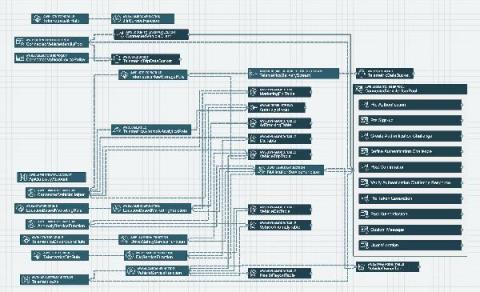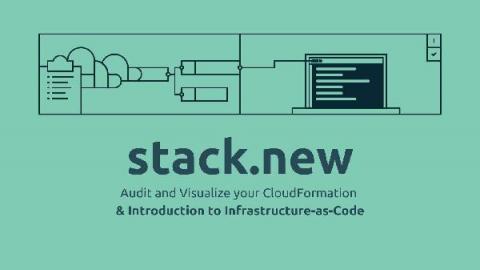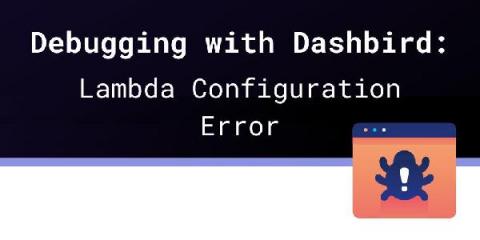Visualizing your CloudFormation Template with Stackery
Stackery can be used to create a new CloudFormation template or to quickly visualize an existing one. Code is automatically generated as you simply drag-and-drop resources on a graphical grid. The experience is much more intuitive than previous generation tools like AWS CloudFormation Designer. Stackery visualizes resources the way a human would perceive them, grouping related resources together.











